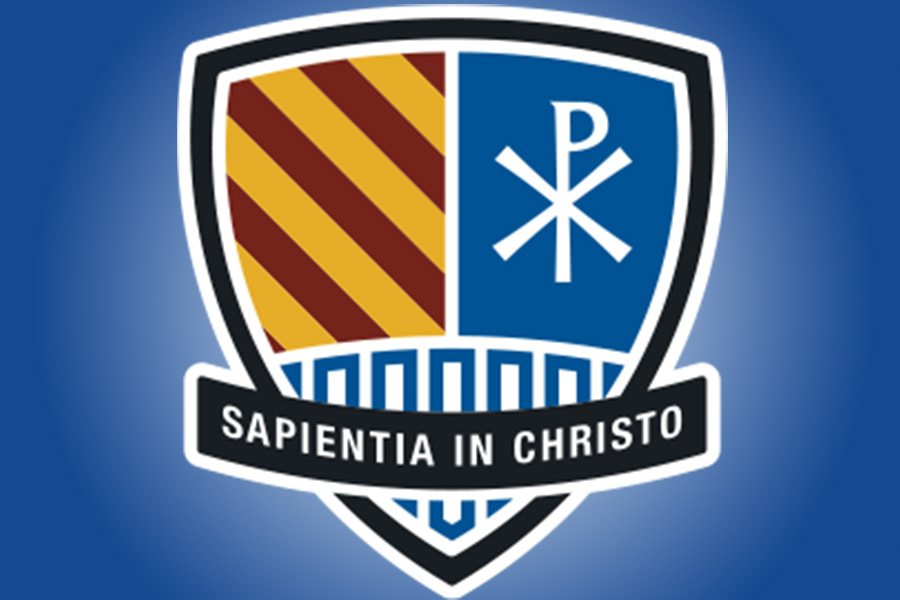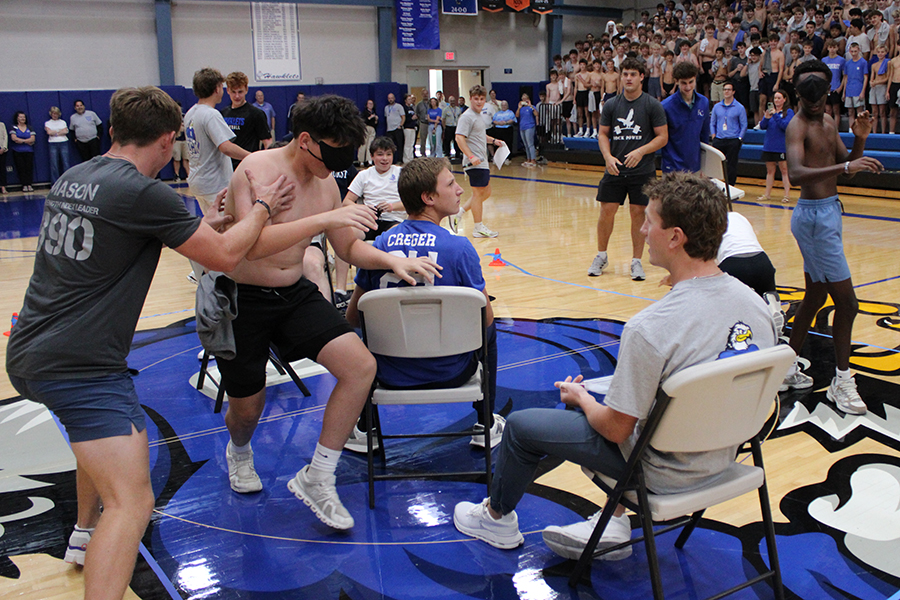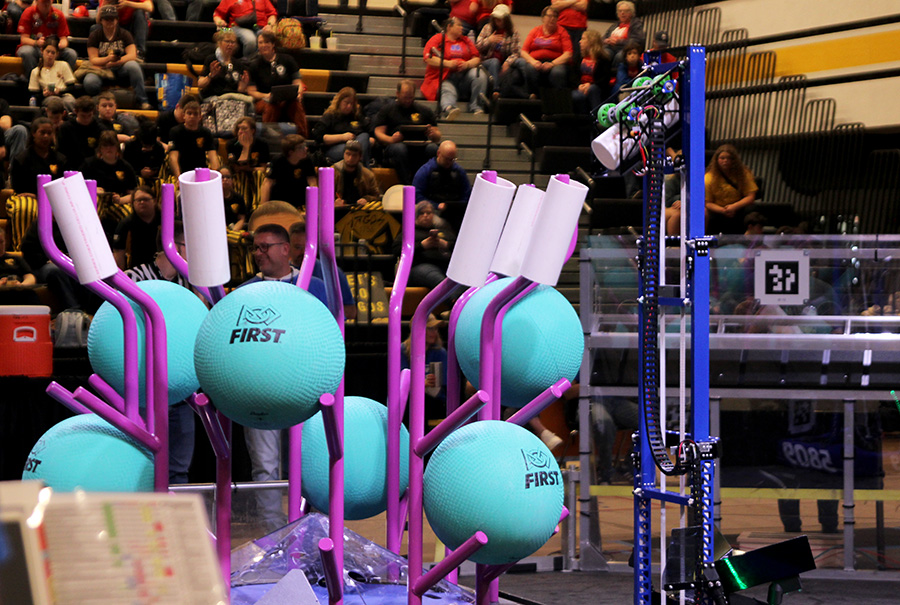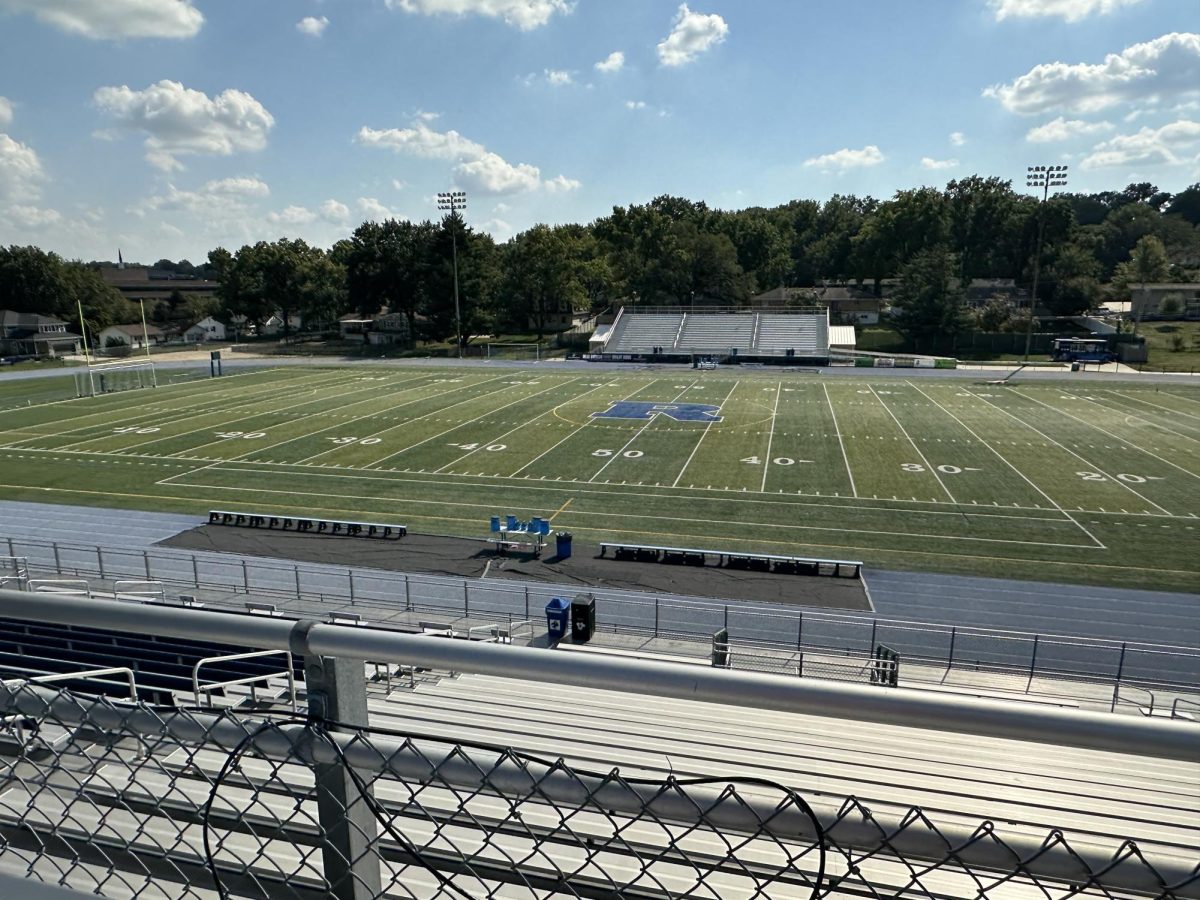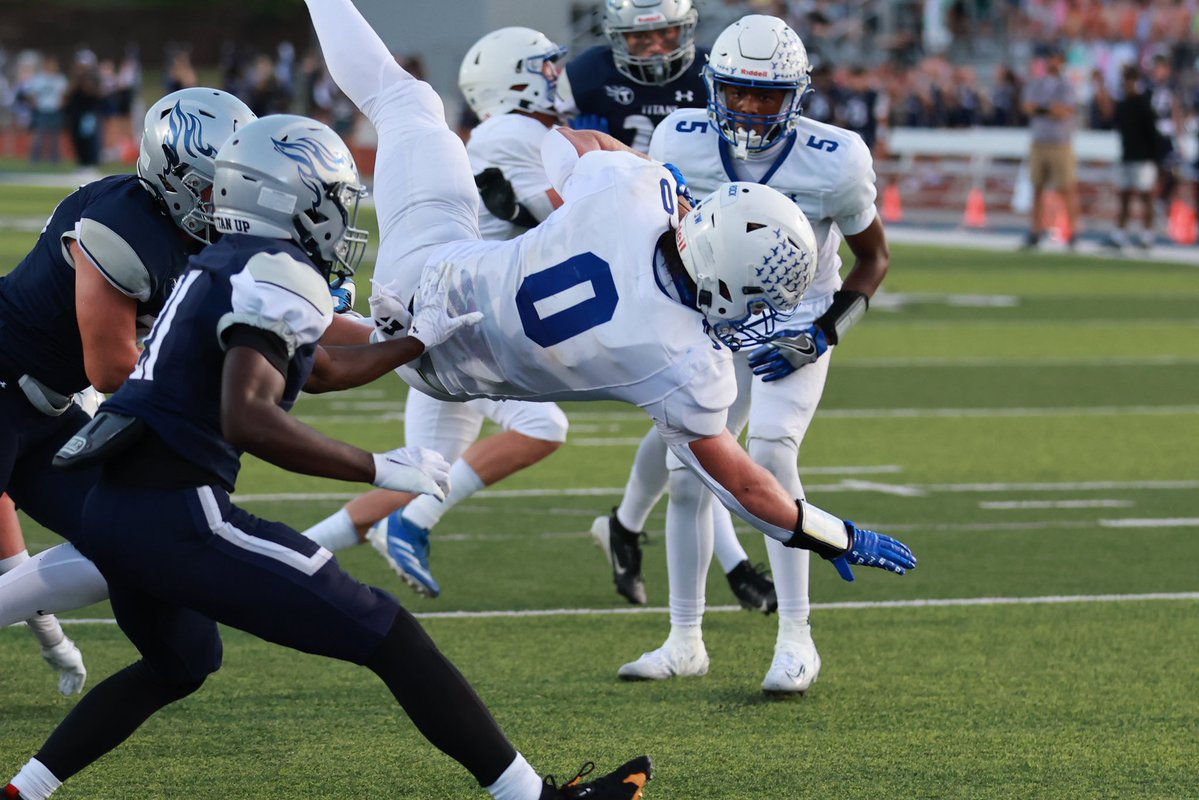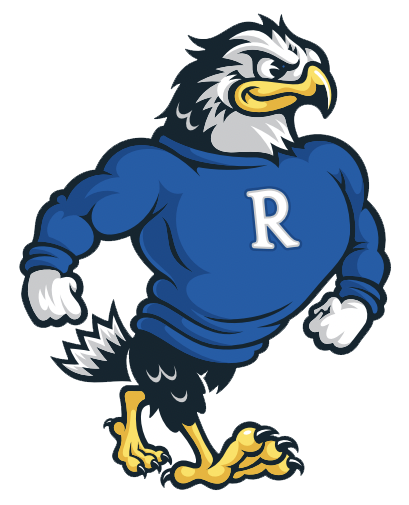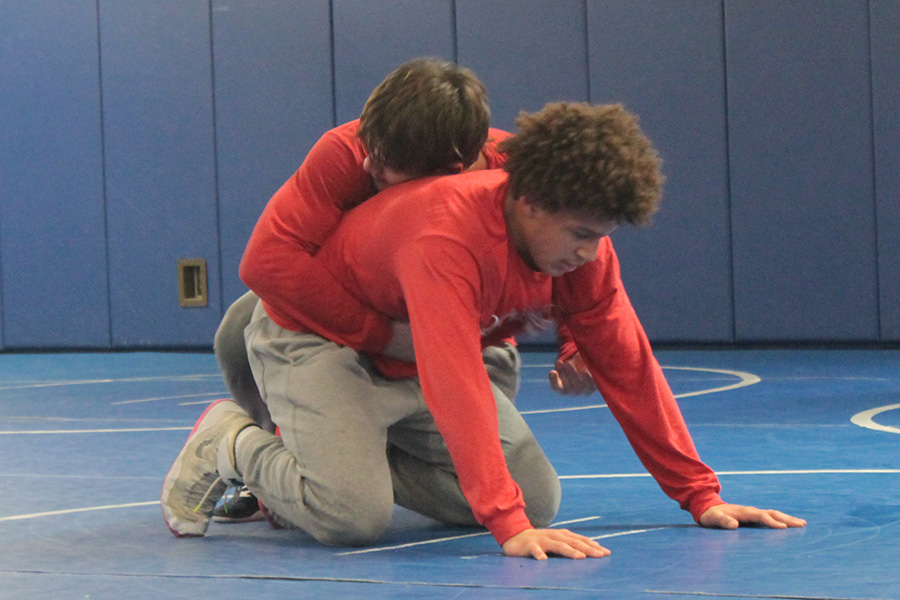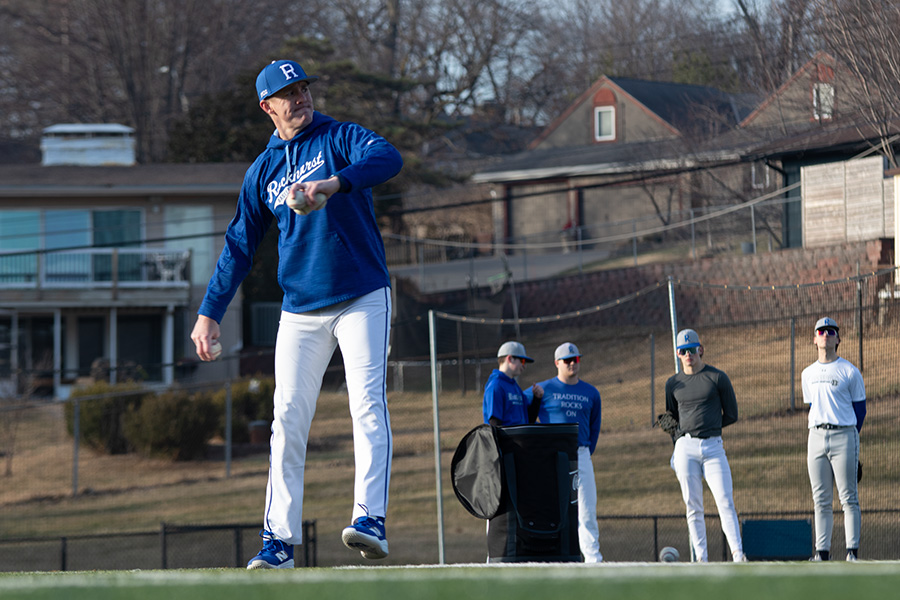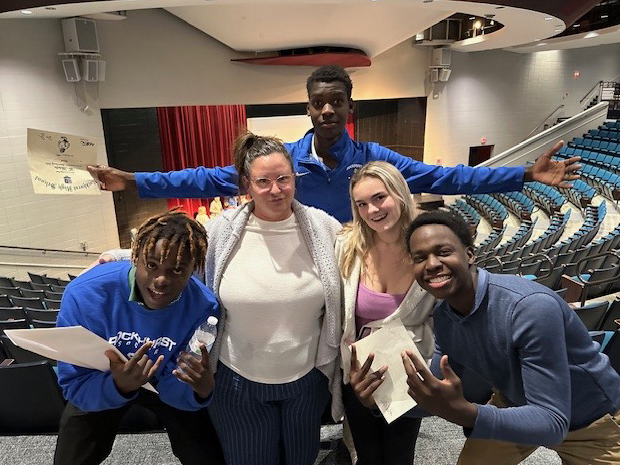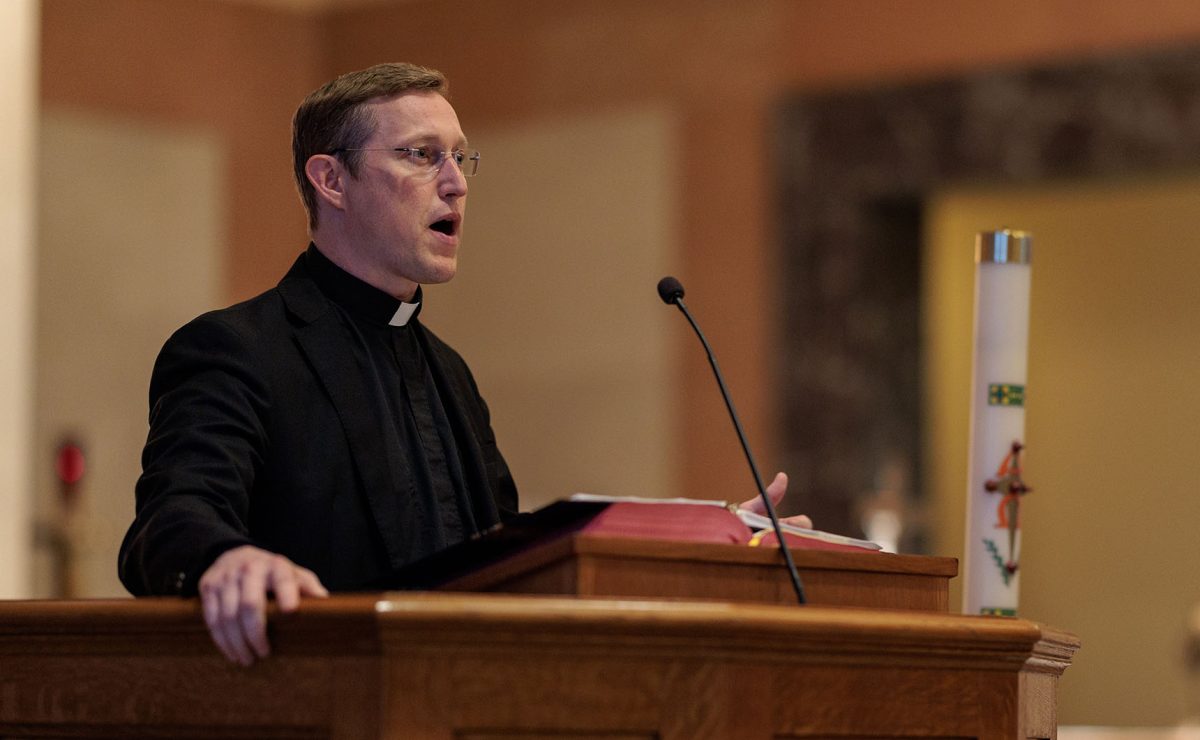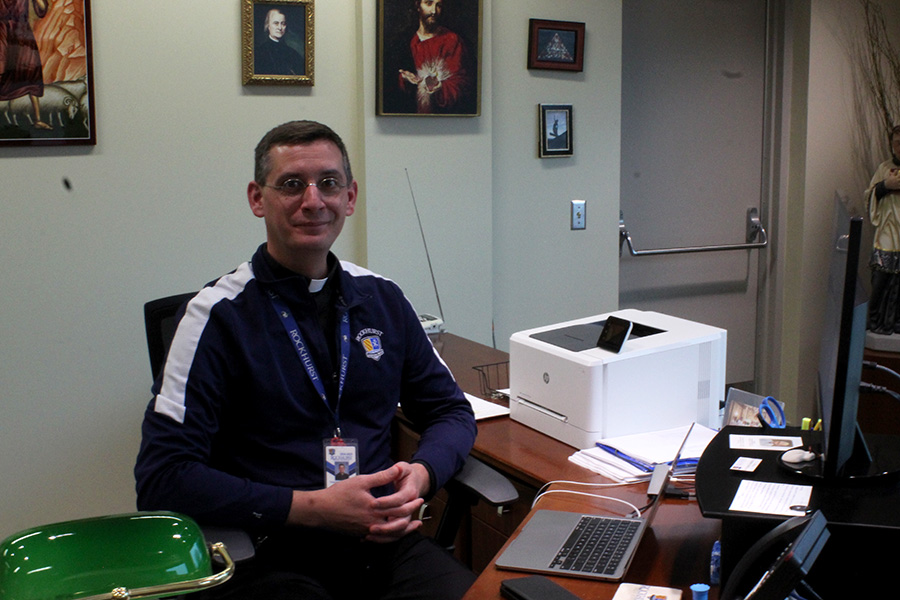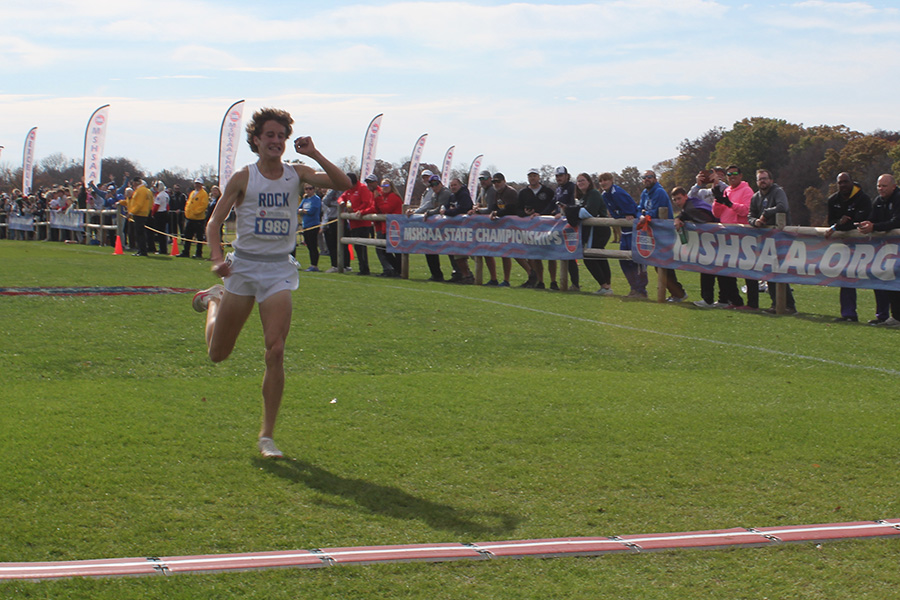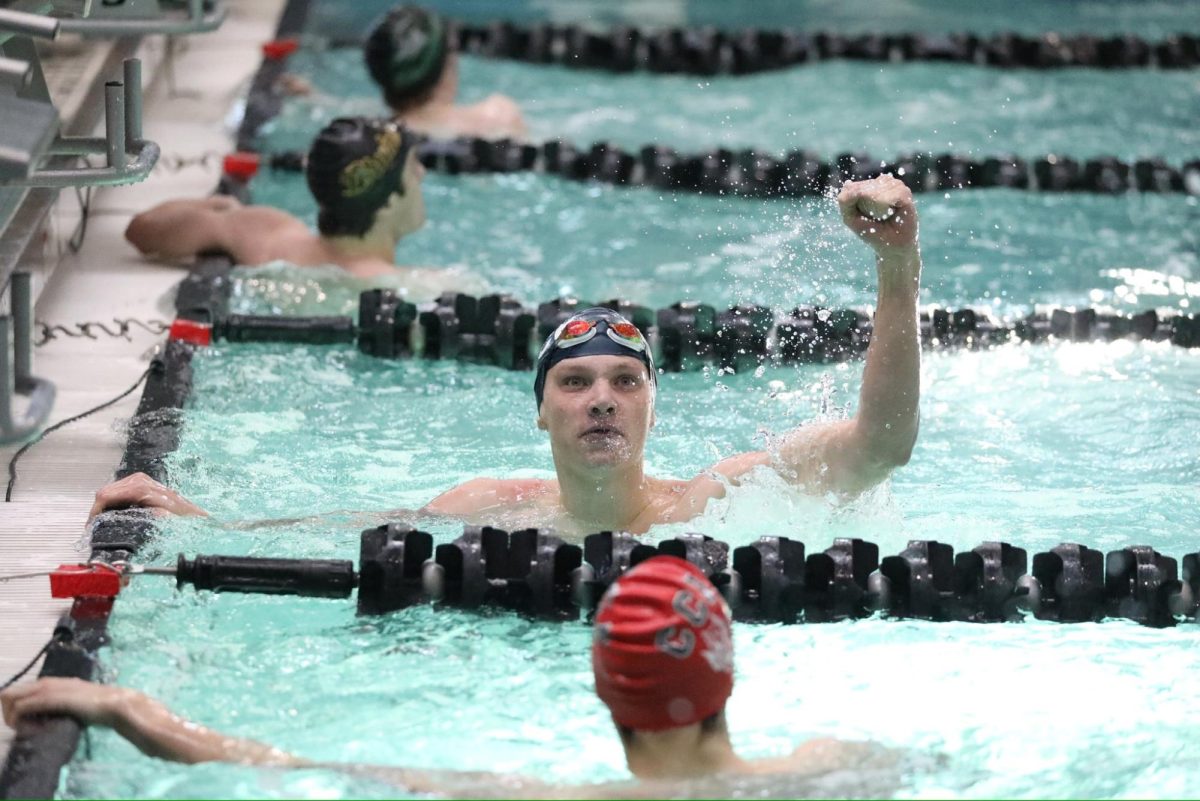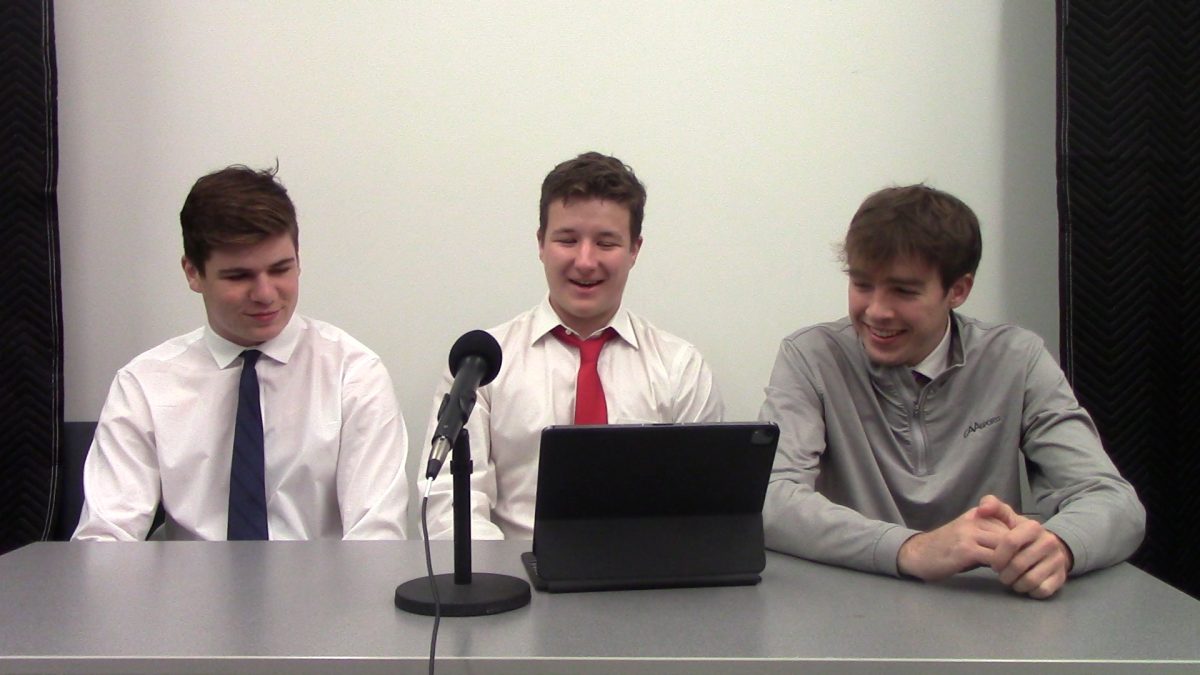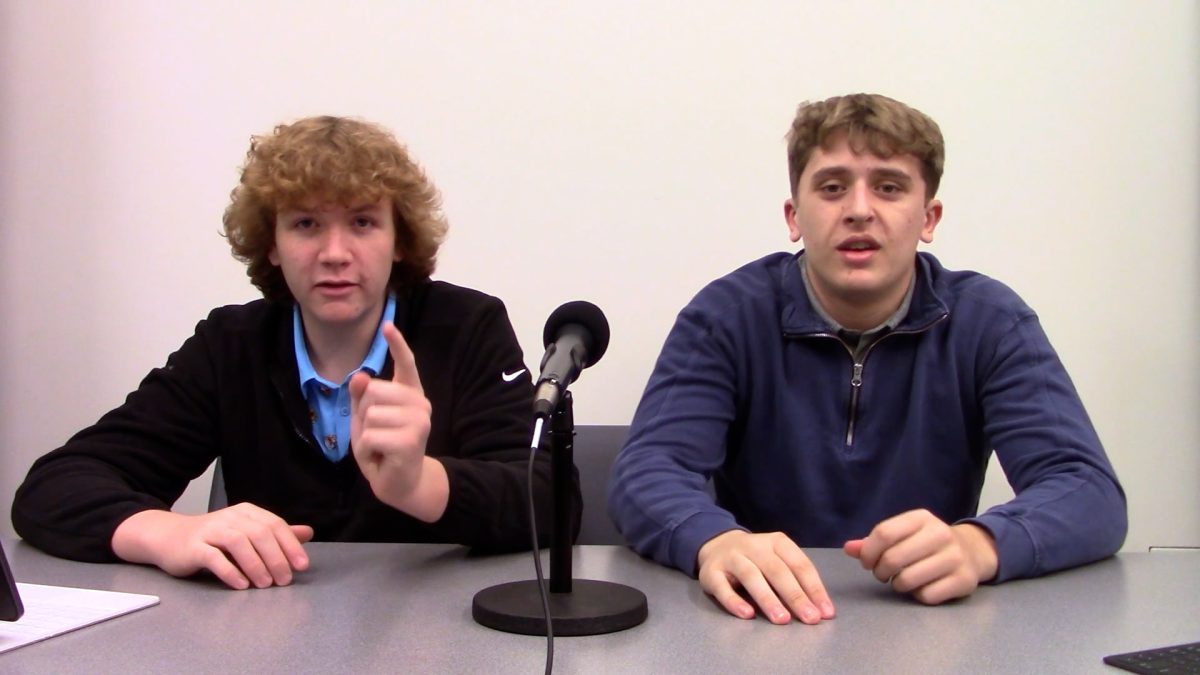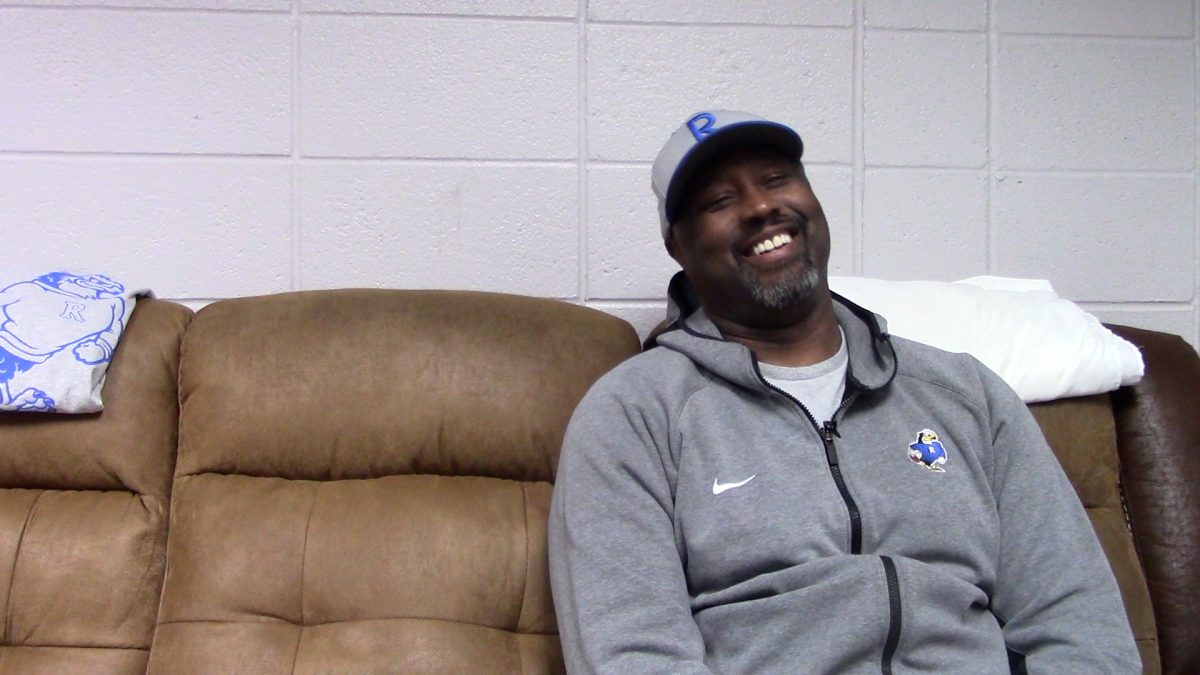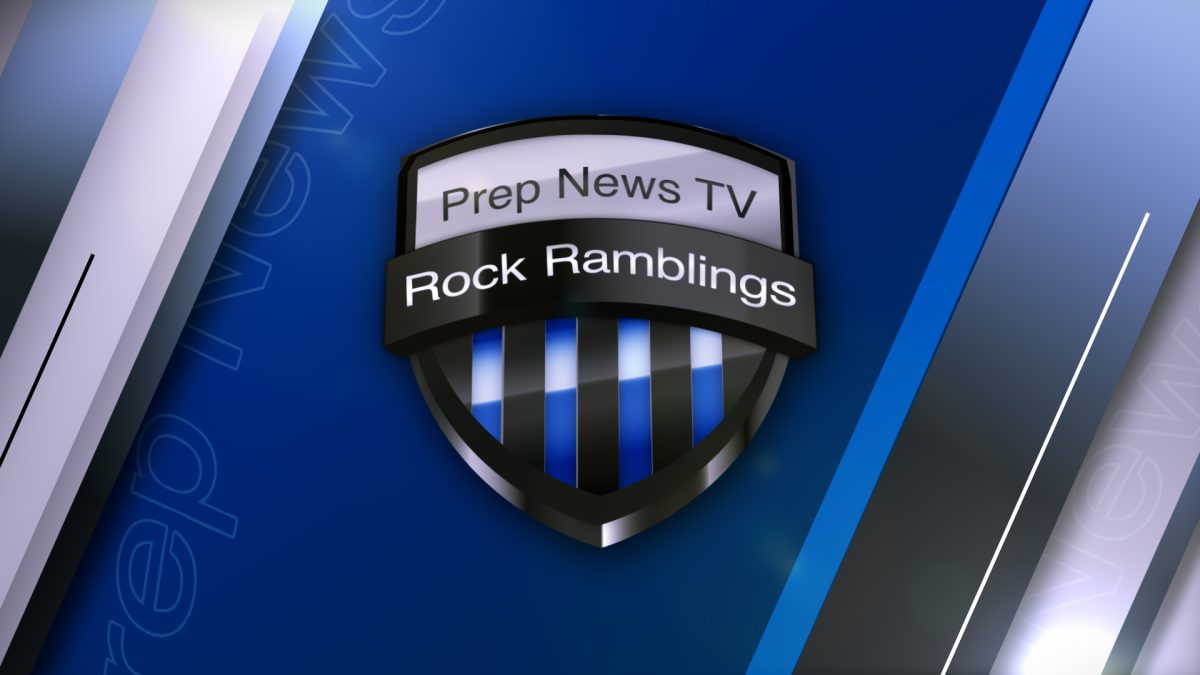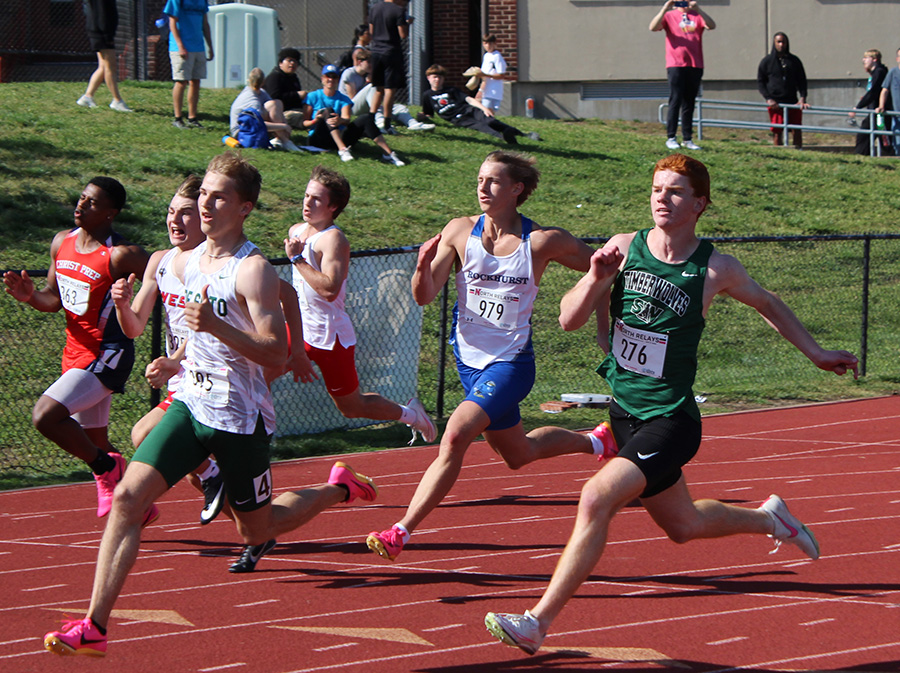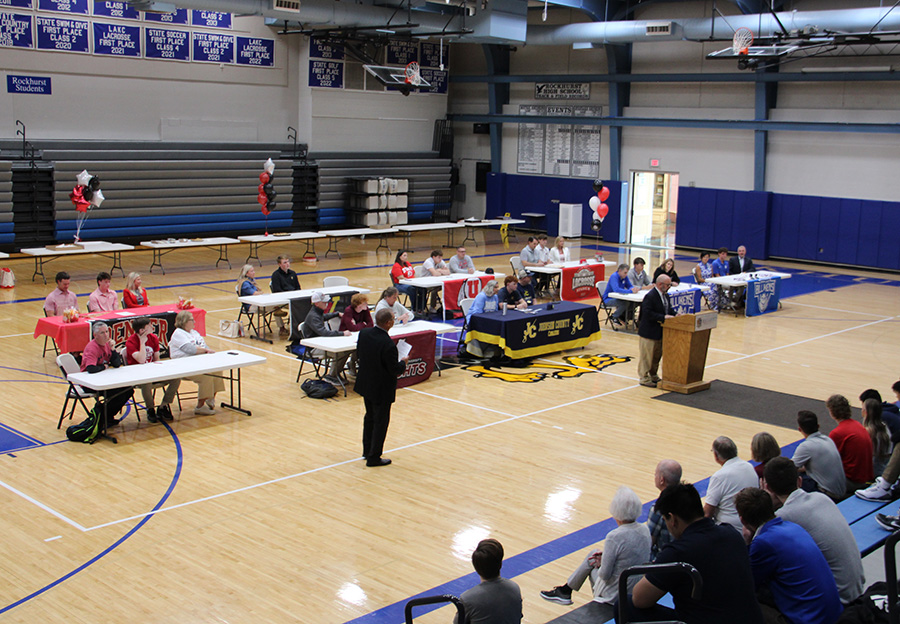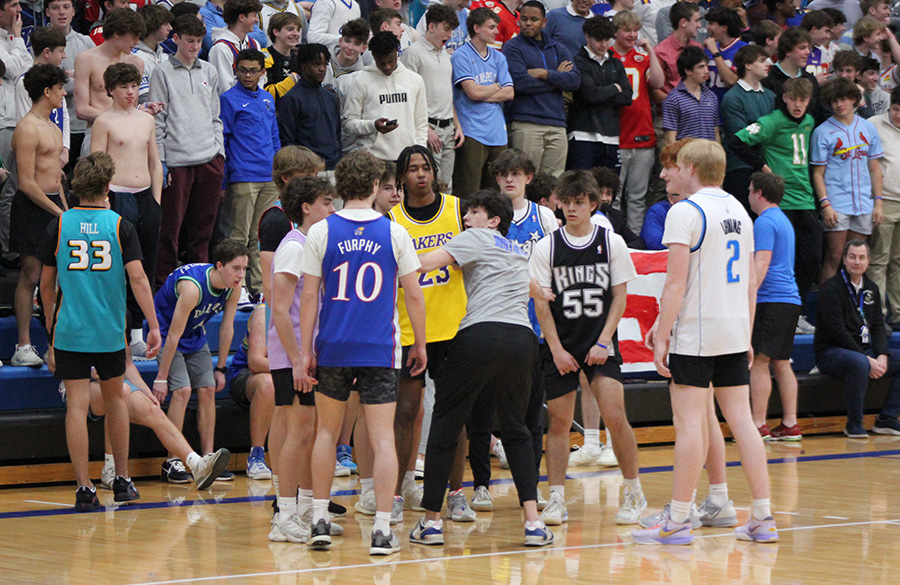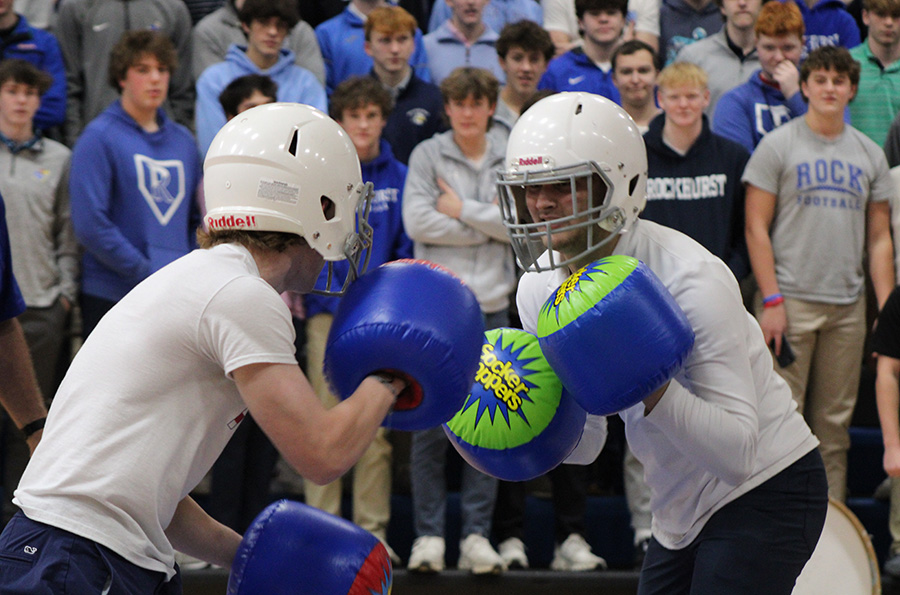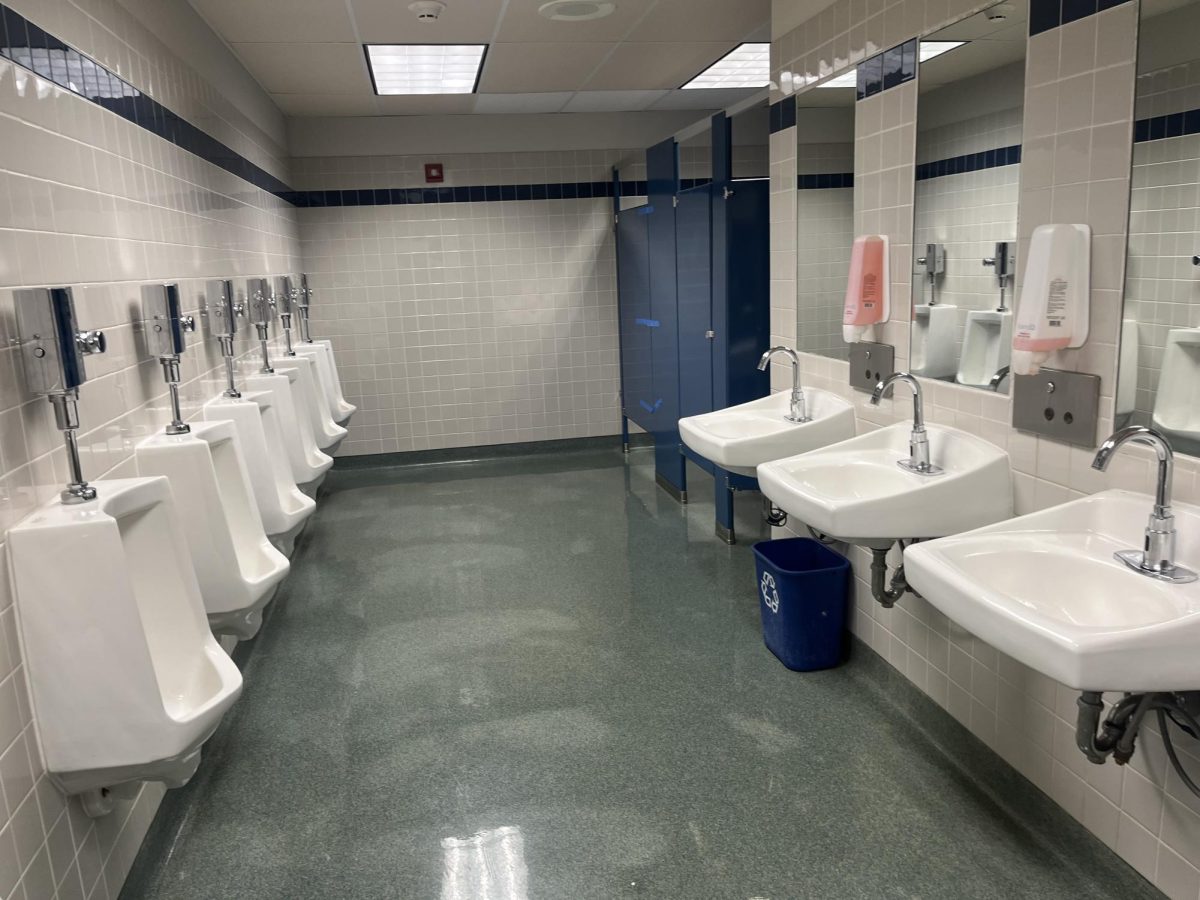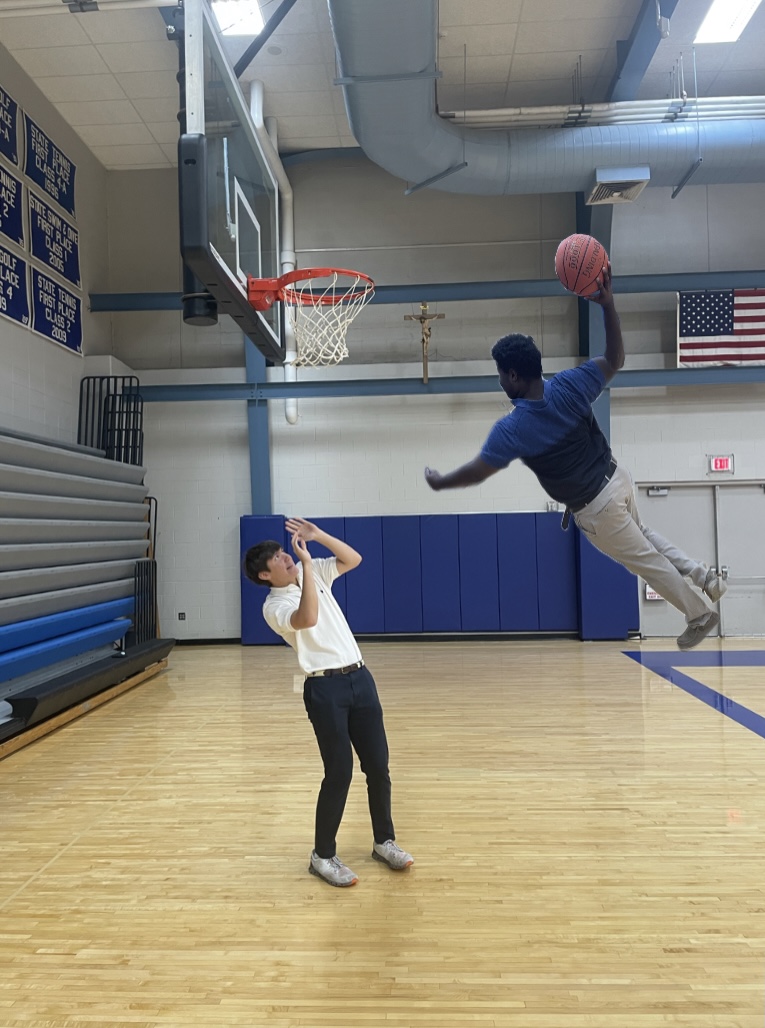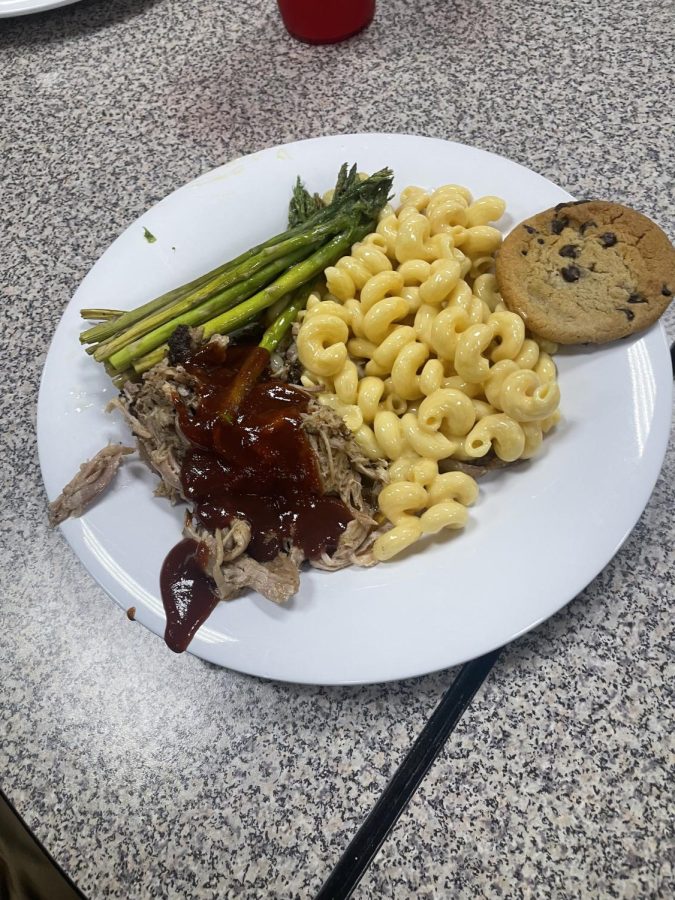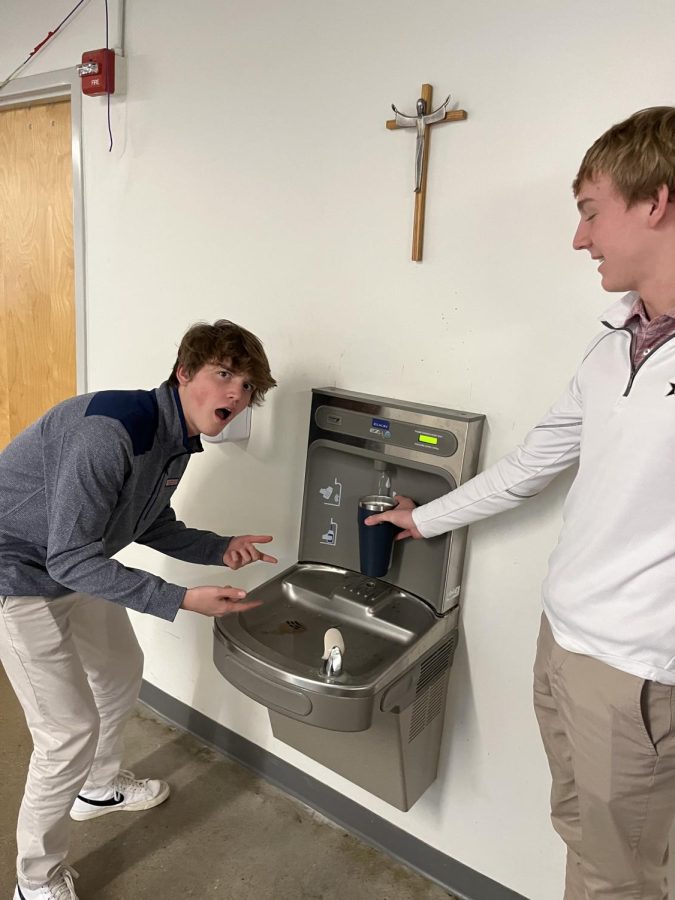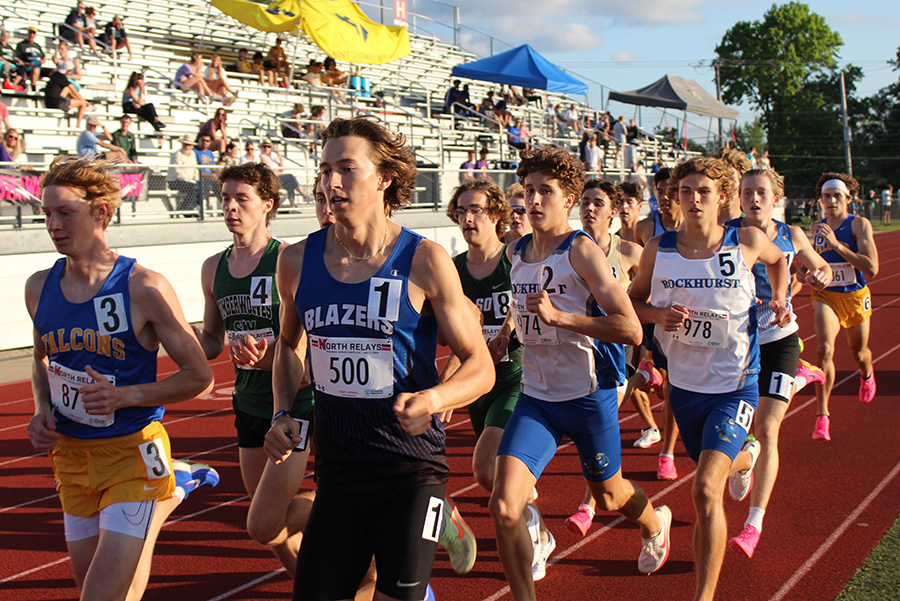Junior Liam Conway was sprinting downfield to cover a kick return during Rockhurst’s Oct. 18 game against Liberty North when when he felt a pop in his knee.
“It felt like my knee got hit by a thousand needles, and [it] felt like I fell into a fire pit, because my knee got really hot all of a sudden,” Conway said.
Athletic trainer Paul McGannon says Conway told him his knee felt full. The player had to be helped off the field. A later MRI revealed he tore his anterior cruciate ligament (ACL) and meniscus. The injury knocked Conway out for not just the game, but the remainder of the football season.
“Since I tore my meniscus, I’m out for two to six weeks non weight bearing, but overall six to 12 weeks,” Conway said.
The recovery time for the ACL injury will be significantly longer, though. The ACL connects the upper leg to the lower leg at the knee, and it allows the knee to bend. This type of injury can take a person out of action for six to 12 months.
As anyone who plays them knows, injuries in sports are common and vary in intensity. They can range from sprains and jams to fractures and muscle tears. Tears in muscles happen from the overuse or overextension of a muscle, and they may occur from not enough stretching.
Rockhurst sees injuries of some degree every sports season. They can take an athlete off the field or court for a short time, or, like Conway, completely end a season.
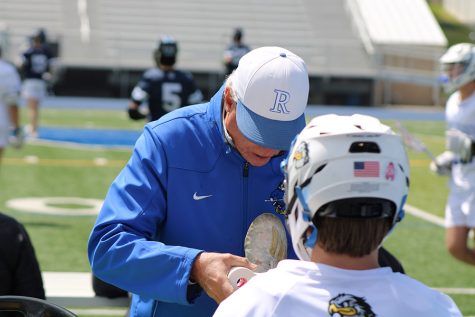
McGannon is the first person Hawklets go to for help with physical troubles or preventative care. If you need to be taped, wrapped, iced or treated, Paul, as the athletes call him, is ready to help.
“My responsibility is the immediate care of athletic injuries, then oversee them to make sure they get to appropriate doctors and any tests or X-rays, MRIs, or whatever they need,” McGannon said, “then coordinate a rehab plan either here at school and or with physical therapists.”
McGannon said football is the No. 1 sport at Rockhurst for injuries–not only because of the level of contact, but because of the sheer number of athletes who participate. He said that this year’s injuries are different from previous years because of what he calls “joint lining” injuries. In the shoulder and hip, such an injury would be to the labrum, and in the knee, it would be cartilage.
When dealing with injuries, McGannon says the procedure is to approach the individual and assess the situation by checking their range of motion and seeing how much pain they can tolerate. If there is a fracture, it must be treated differently.
“If there’s any type of compound fracture or fracture that goes through the skin, I cover the wound so that you don’t have a secondary problem, which is not only the original injury, but is also the potential for the person to go into shock, because they see a bone protrusion.”
From there, what happens next depends on the severity. Some athletes need ice and rest. Others, like Conway, need further evaluation or testing.
While his injuries will keep him out of action for a few months, Conway hopes to return in time for baseball in the spring, though summer ball is the more realistic goal. He says he plans to manage if he doesn’t recover in time for the Rockhurst season, but is determined to play in the summer.
**Feb. 5 update: Conway says he’s 3-4 weeks ahead of schedule in his recovery, with another 1-2 weeks to go before he can start jogging. He told Prep News he’s scheduled to be ready to participate in sports again in June, though he’s hoping he can be back in late May.
